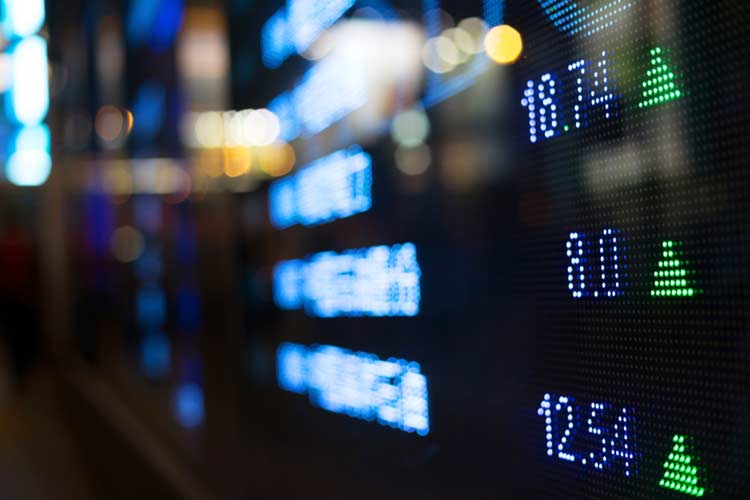
KeyBanc gave 3 reasons it likes Six Flags stock
Stocks are trading at all-time highs today thanks to the positive trade developments between the U.S. and China. Three names making big moves are financial data provider Cardlytics Inc (NASDAQ:CDLX), cosmetics concern Coty Inc (NYSE:COTY), and amusement park operator Six Flags Entertainment Corp (NYSE:SIX). Here's how the shares of CDLX, COTY, and SIX are trading today.
Bull Note Sends CDLX Shares to New High
CDLX shares are trading up 8.5% this afternoon at $28.20, earlier hitting an all-time high of $29.24, after William Blair began coverage with an "outperform" rating. The analyst note predicted the company to increase its monthly active users to 150 million from 58.5 million by the end of 2019.
This just extends what's been a huge year for Cardlytics, which came into 2019 trading just below $11. Today's price action also puts the shares above their average 12-month price target of $25.40, suggesting there's now room for more bull notes. Short covering could also provide tailwinds, since 14.5% of the total float is dedicated to short interest.
COTY Sells Off on Restructuring Plan
COTY stock is one of the biggest losers on the Street today, sliding 15% to trade at $11.40, after the company unveiled a four-year restructuring plan that includes writing down $3 billion in assets. This puts the shares back to the region where they initially consolidated after JAB Holding offered to increase its stake in the company back in February. As such, Coty is still holding a year-to-date lead of almost 75%.
Options traders seem well positioned for today's pullback, based on data from the International Securities Exchange (ISE), Chicago Board Options Exchange (CBOE), and NASDAQ OMX PHLX (PHLX). The 10-day put/call volume ratio here is 2.47, and ranks in the 94th annual percentile, showing unusual demand for put buying in recent weeks.
KeyBanc Bets on SIX Stock Breakout
Six Flags stock is rallying today after a bull note out of KeyBanc. The brokerage firm upgraded its opinion to "overweight" from "sector weight," and set a $62 price target, citing credit card data that pointed to strong attendance trends for the company. The analyst note also pointed to the fact that last year's third quarter was particular weak, opening up favorable comps for the company in the next earnings report, and said that the company is making progress on new locations in China.
Despite the pop today, the shares are still in a long-term downtrend, facing a year-over-year deficit of 30%. Considering this, it's somewhat surprising to see eight of the 12 covering analysts have "strong buy" recommendations on SIX.